Towards circular Design
Stefan Diez
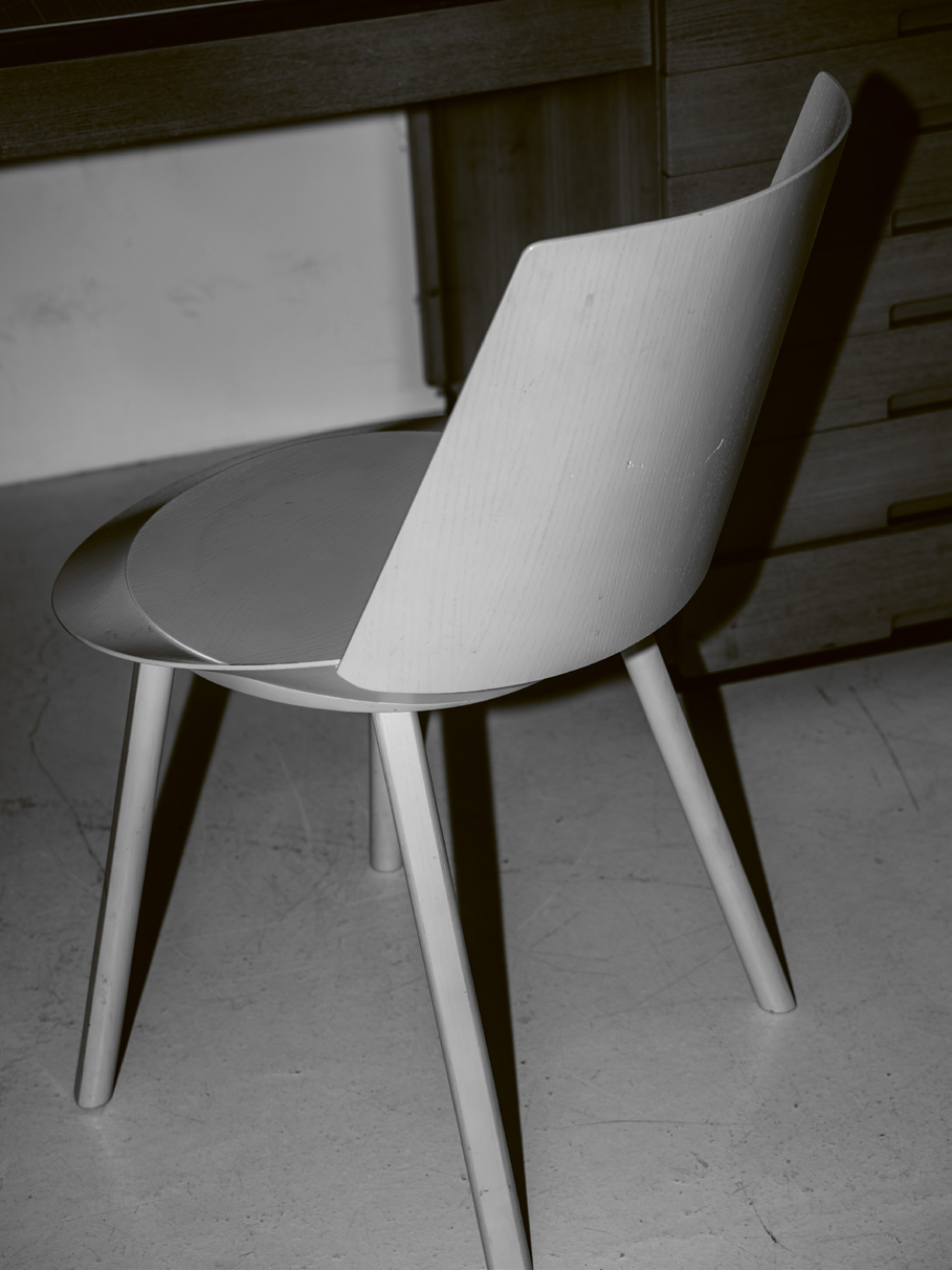
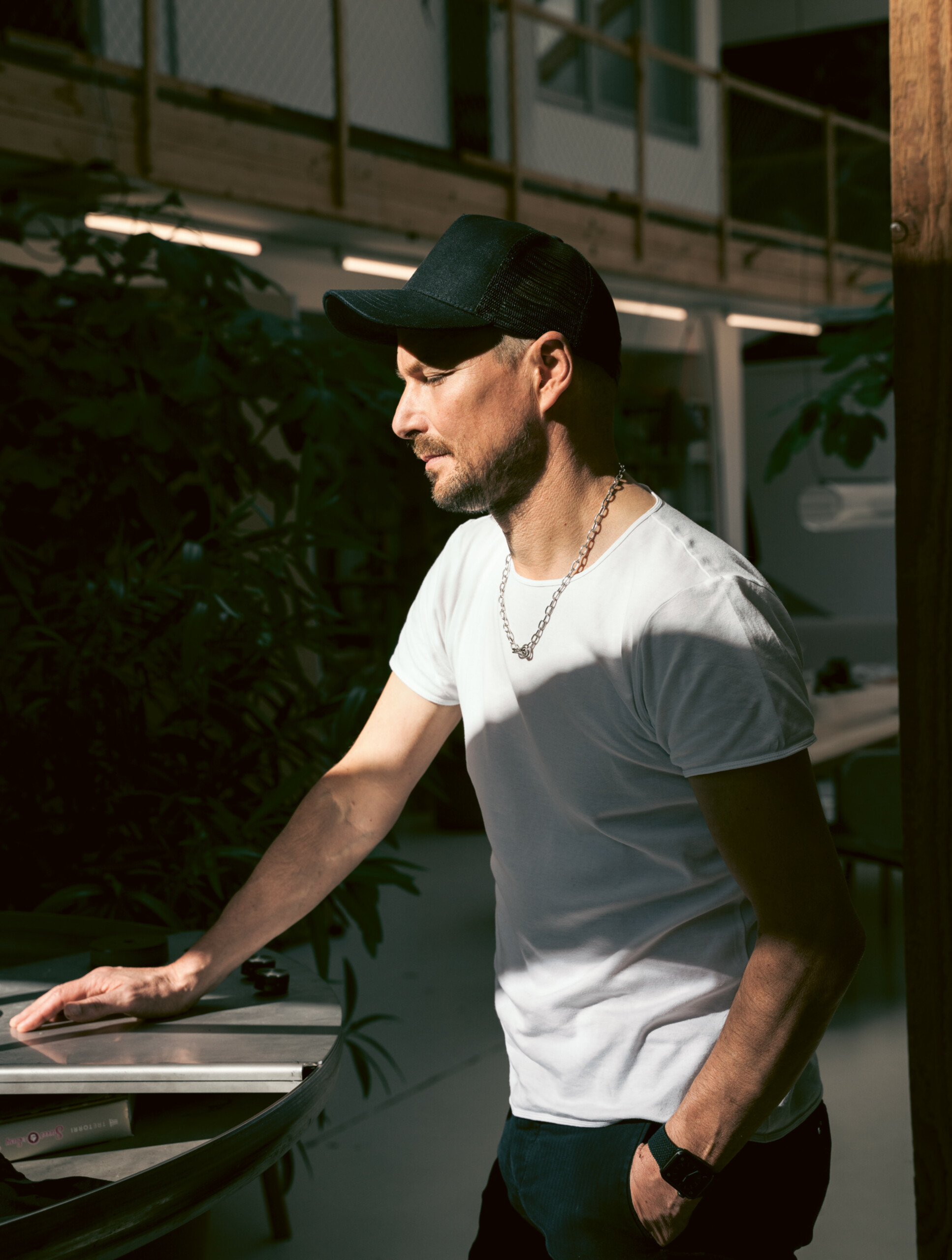
Industrial Designer &
Founder of DIEZ OFFICE
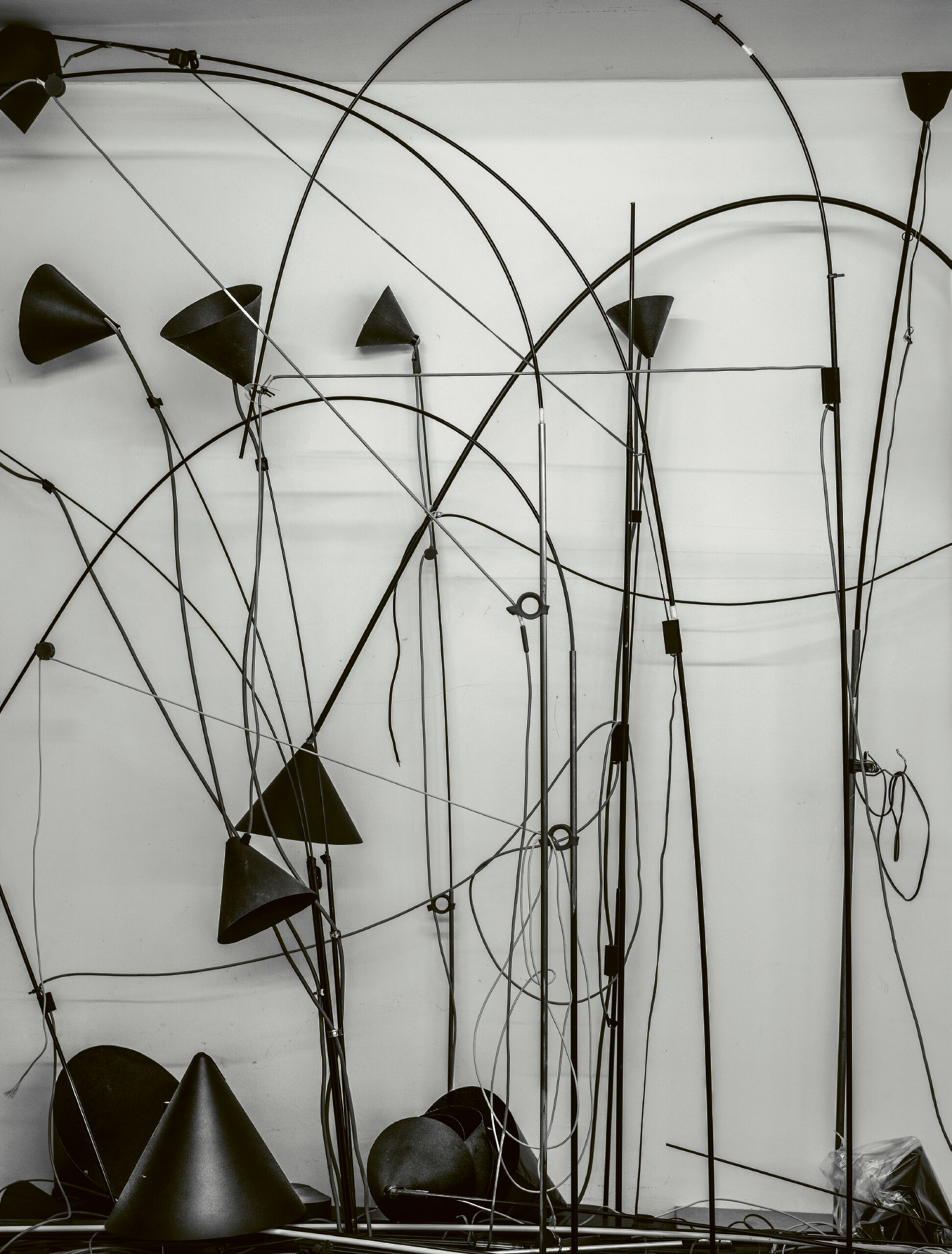
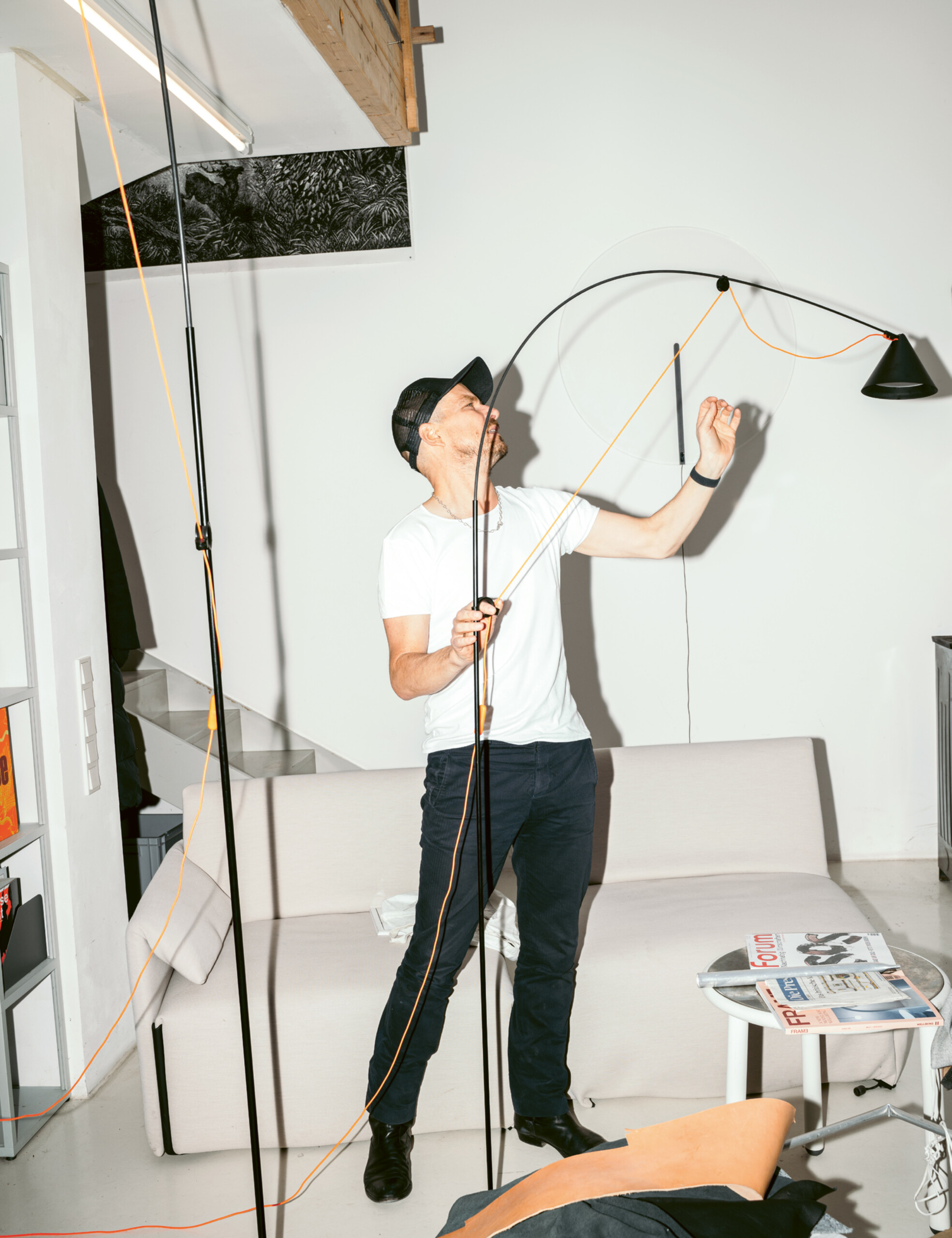
Designer Stefan Diez is at the forefront of an ecological movement in his industry. Here he explains where he is headed, what structural changes are facilitating his progress—and what risks he and his business partners are taking by thinking green.
Stefan Diez has taken a seat under the trees in front of his studio in Munich. It’s a good place to talk about the environment: the Westermühlbach, a small side-arm of the River Isar, flows directly behind the workshop. Once the little stream powered water-wheels and helped to transport wood from the Alps. Today it cools the Bavarian capital on hot days and helps thinkers such as Diez to focus their minds.
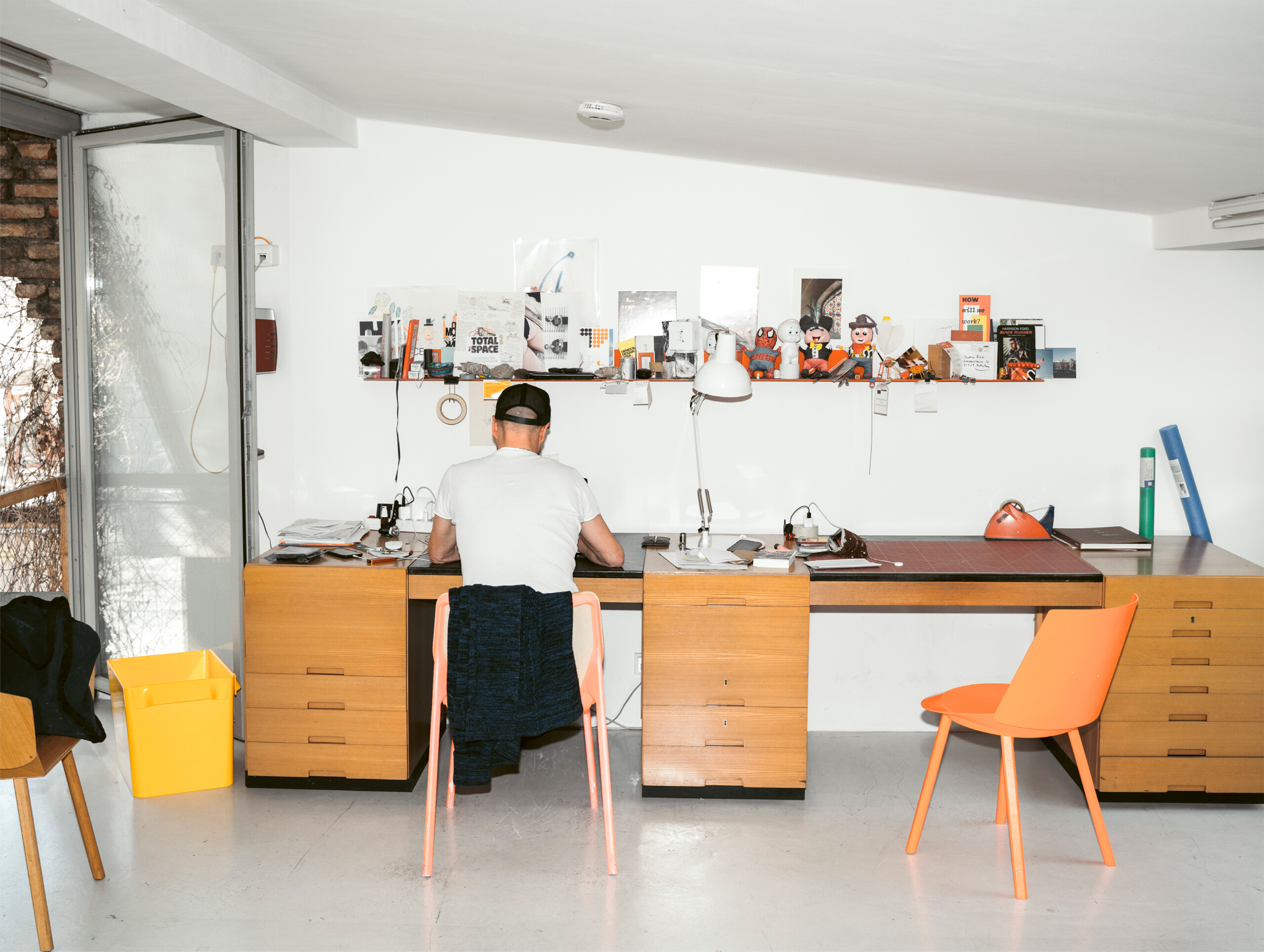
Mr Diez, we would like to talk to you about the new weight attributed to sustainability in design. It’s a development that many people are hailing, but if you don’t mind, we would like to start with a criticism…
S
D
Sure, I’m always open to constructive criticism!
-
-
-
-
Critics complain that today’s design catalogues eulogise the ecology of their products, while a lot of it is ultimately just greenwashing.
S
D
This criticism is often not entirely wrong. What is equally true, though, is that the design world has seen structural changes that have given more weight to sustainability. One expression of that is the new German Sustainability Award.
The German Sustainability Award is presented by the eponymous foundation, based in Duesseldorf. Attracting around 1000 applicants each year, it is the largest award of its kind in Europe. The accolade has been presented annually since 2008 to showcase projects in various categories. In 2020, Design was added to express the new importance of design in sustainability, bringing the number of categories up to eight. Stefan Diez was one of the winners in 2020, receiving the award for his Ayno lamp. This year he sits on the jury himself.
-
-
-
-
What structural changes do you see in the design world?
S
D
Most importantly, there are two; one is technological, and the other is cultural-economic. Technologically, it has become much easier in recent years to send detailed design plans instantly to any place in the world. When I started out as a designer, people sent hand-drawings by post, and later by fax. This was not only slow; it could also only give an idea of what the product would roughly look like, and you couldn’t produce anything on the basis of such drawings. It was only when CAD software and the internet came of age that it became possible to quickly send sufficiently detailed plans for production. This has greatly changed several aspects of manufacturing.
-
-
-
-
A striking aspect for customers is that many of your products are now sold by companies that don’t produce anything themselves.
S
D
That’s true. The fact that we are no longer limited to partnering with businesses that have their own production facilities allows us to have a say in what is produced and how, where and with what material. This has enormously expanded the scope of our choices.
-
-
-
-
Presumably, that has also affected the distribution of responsibilities between you and your business partners?
S
D
Absolutely. From my point of view, responsibility grows in step with scope for design. In the past, designers primarily designed a form. Today we develop, or at least determine, the whole production process.
Please select an offer and read the Complete Article Issue No 10 Collection Issues No 7, 8, 10 Subscriptions
Already Customer? Please login.
